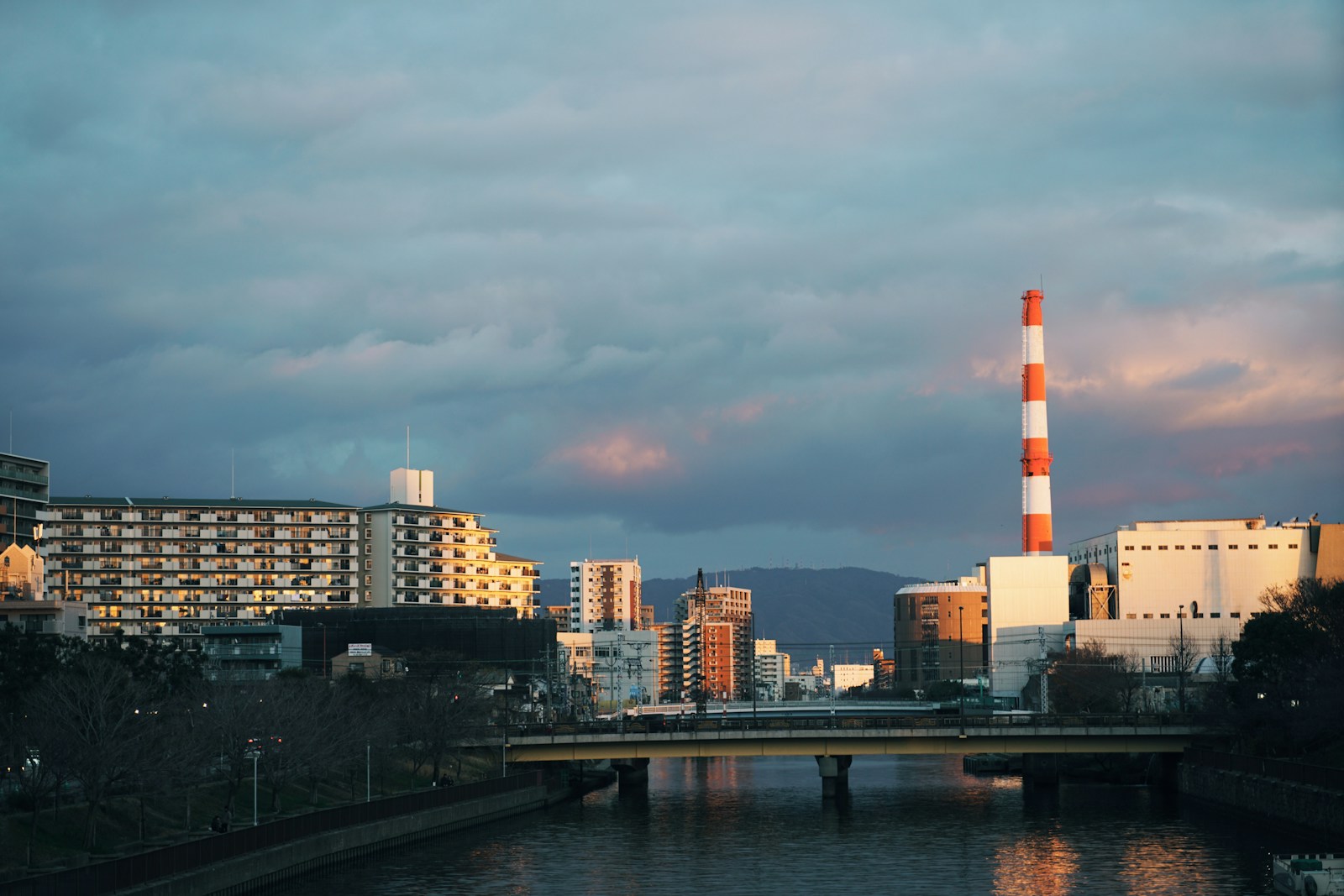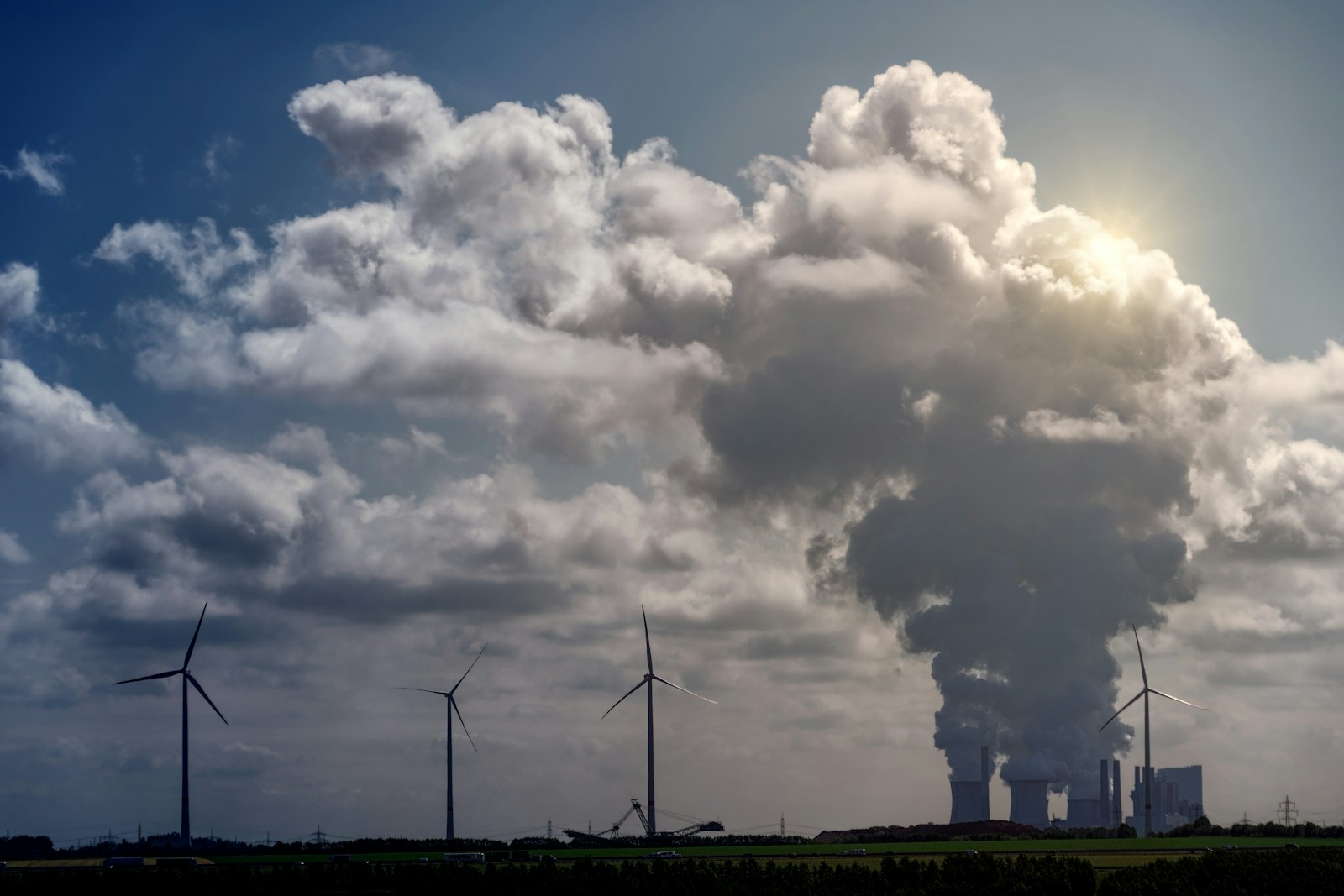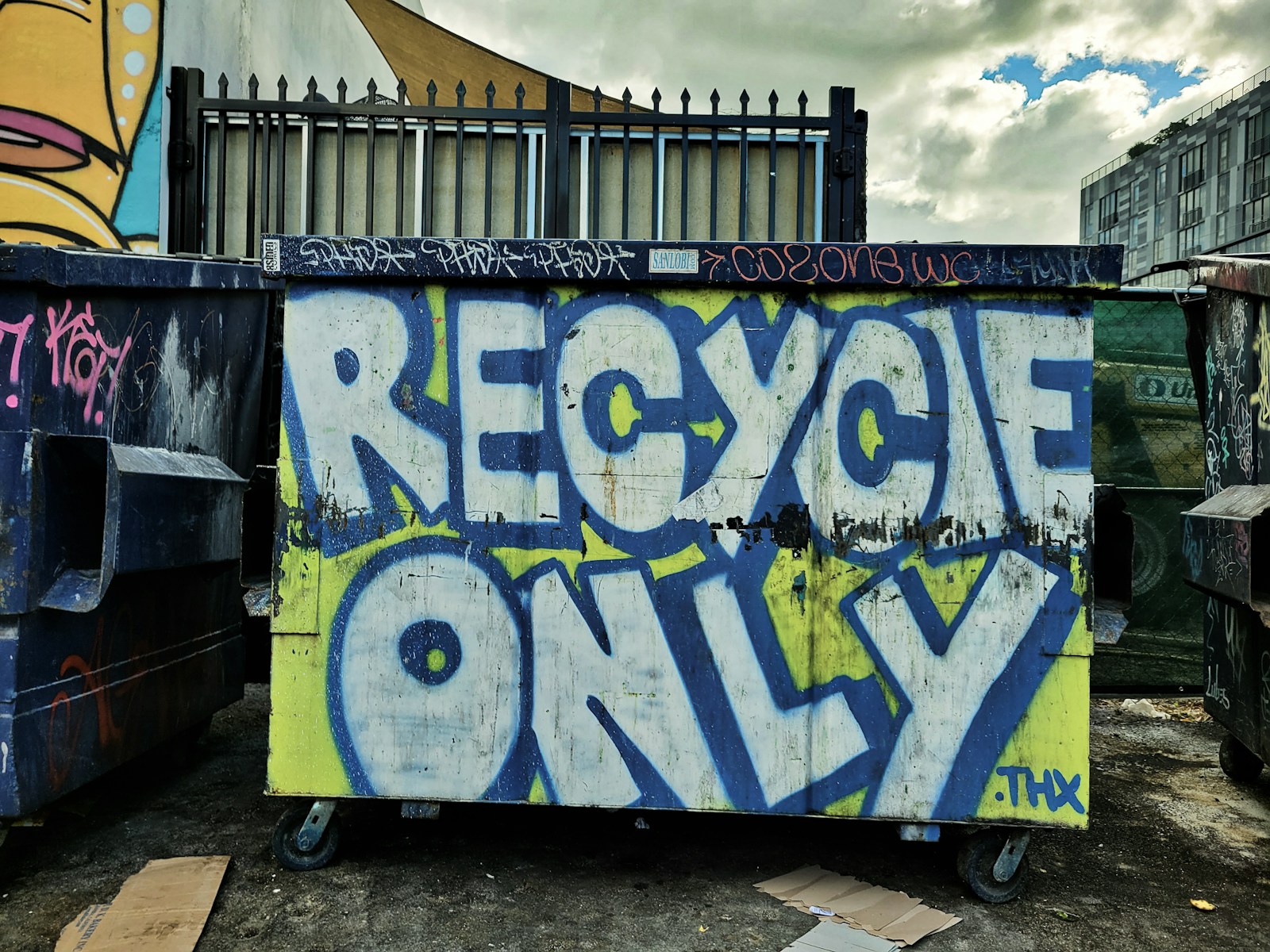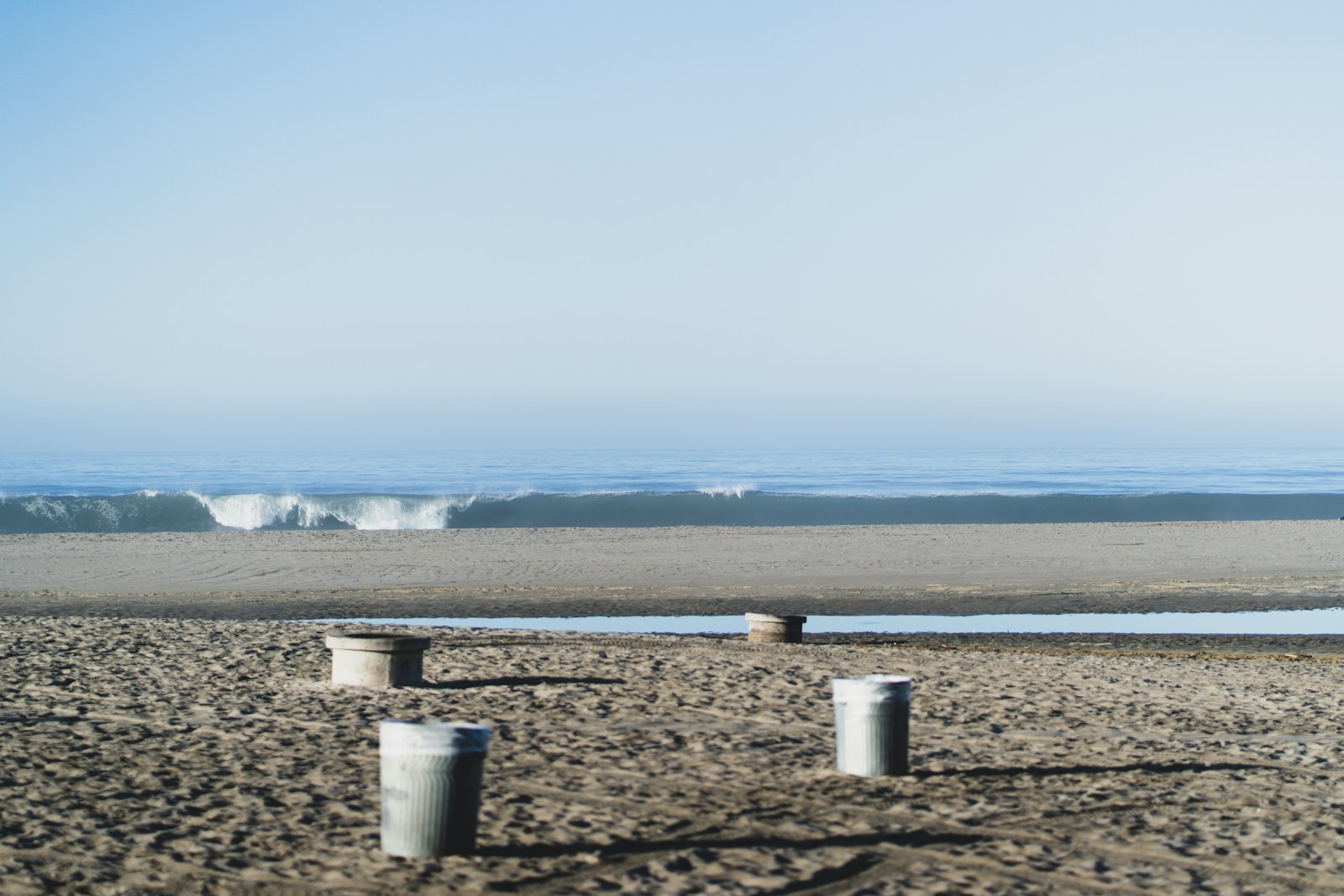Is Nuclear Power's Future Small, Modular, and Sitting in Your Town?

Nuclear power occupies a strange and controversial space in the climate change debate. On one hand, it is a proven source of immense, carbon-free, 24/7 power. On the other, it is haunted by the specter of catastrophic accidents like Chernobyl and Fukushima, the unresolved problem of long-term radioactive waste, and a history of massive cost overruns and construction delays. For decades, the industry has been defined by gigawatt-scale, custom-built reactors that take over a decade and tens of billions of dollars to construct. But a new wave of nuclear innovation is aiming to fundamentally change that paradigm. The future of nuclear, its proponents claim, is not massive, but small; not custom, but modular.
Enter the Small Modular Reactor, or SMR. The concept is simple but revolutionary. Instead of building a giant, one-of-a-kind reactor on-site, SMRs are designed to be much smaller (typically under 300 megawatts, compared to 1,000+ for a traditional reactor) and manufactured as modules in a factory setting. These modules can then be transported to a site by truck, rail, or barge and assembled relatively quickly. This factory-based production model promises to dramatically reduce both the cost and the construction time of new nuclear plants, tackling two of the biggest barriers that have plagued the industry.
One of the most significant selling points of SMRs is their enhanced safety profile. Many SMR designs incorporate "passive safety" features, which rely on natural physical phenomena like gravity, natural circulation, and convection to cool the reactor in an emergency, rather than relying on complex electrical systems, pumps, and human intervention. In theory, this makes a meltdown physically impossible in some designs. Their smaller size also means a smaller radioactive inventory and a smaller potential impact in the event of an accident. This increased safety could make them suitable for a wider range of locations, including replacing retiring coal-fired power plants or providing power to remote industrial sites and communities.
SMRs offer a different kind of value to the energy grid compared to intermittent renewables like wind and solar. While renewables provide cheap but variable power, nuclear provides firm, dispatchable power. It can run continuously, providing the stable baseload electricity that is essential for grid reliability. SMRs, being smaller and more flexible than their larger cousins, can also potentially ramp their power output up and down to complement the fluctuations of renewable energy, helping to create a resilient and reliable 100% carbon-free grid.
Despite the immense promise, the path to SMR deployment is still lined with hurdles. While dozens of designs are in development around the world, only a handful are close to being operational. The first SMR projects are still proving the economic case that factory manufacturing can truly overcome the high costs of nuclear. Regulatory bodies, accustomed to approving large, traditional reactors, are having to develop new frameworks to license these novel designs, a process that can be slow and expensive. And the decades-old problem of what to do with spent nuclear fuel remains, although the smaller volume of waste from SMRs may make it a more manageable issue.
Finally, there is the challenge of public perception. The nuclear industry still has a massive trust deficit to overcome. Convincing a community to accept a new nuclear reactor in its backyard, no matter how "small" or "safe," will require a new level of transparency and engagement.
SMRs are not a guaranteed success. They represent a significant technological and financial bet on the future of nuclear power. But if they can deliver on their promises of being cheaper, faster to build, and safer to operate, they could be a genuine game-changer. They could provide the firm, clean power needed to balance a renewable-heavy grid, decarbonize industrial processes, and bring reliable energy to the entire world. The future of nuclear power may indeed be on its way to a town near you.



